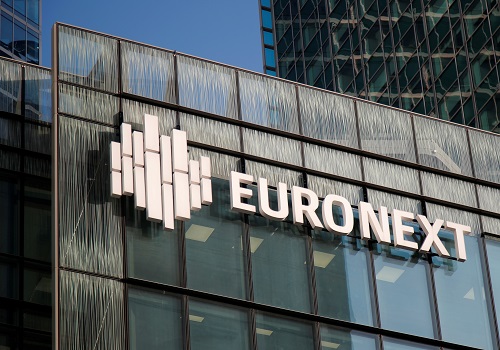Co-working space saw highest growth in net absorption in FY22: Anarock

Follow us Now on Telegram ! Get daily 10 - 12 important updates on Business, Finance and Investment. Join our Telegram Channel
Post the pandemic, it was widely anticipated that co-working would soon be issued a death certificate. Like many others, this prediction fell flat as the "new normal" has caused coworking spaces to emerge as one of the best options for adopting a hybrid model at offices.
Realty consultant firm Anarock Research reveals that out of the total net absorption of 34.1 million square feet across the top seven cities in FY22, co-working comprised a 13 per cent share.
In FY21, its share was just 5 per cent of a net absorption.
At about 4 per cent, the manufacturing or industrial sectors registered the second highest year on year growth in net office absorption in FY22.
The share of the IT/ITeS and e-commerce sectors declined by 8 per cent and 6 per cent, respectively, as compared to FY21.
"The hybrid work model emerged as a formidable new force on the Indian office real estate market during the pandemic. There was a gradual but significant transition to flexible spaces which offer businesses and employees the agility to continue operations seamlessly," Anarock Group Chairman Anuj Puri said.
Co-working spaces have become the most preferred option to adopt the hybrid work model, compared to the other options of changing office layouts or the hub-and-spoke model, he added.
"Mid and large deals were prominent in the current financial year as occupiers are optimising their portfolios," Puri said. "The new realities include bringing employees back to the workspace, increased assessment of new leases, and an improving hiring scenario."
The average office rentals stood at Rs 76 per sq ft per month across the top seven cities. The Mumbai region continued to be the most expensive office market at Rs 126, followed by Bengaluru and Delhi NCR at Rs 78 each, the firm said.












 320-x-100_uti_gold.jpg" alt="Advertisement">
320-x-100_uti_gold.jpg" alt="Advertisement">












